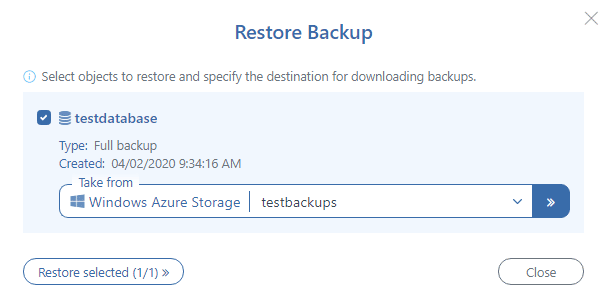

When you restore the backup files, Cisco DNA Center removes and replaces the existing database and files with the backup database and files. RestoreYou can restore the backup files from the remote server using Cisco DNA Center. You can schedule weekly backups on a specific day of the week and time. Perform a backup only during a low-impact or maintenance period. Perform a backup after making changes, if any, to your configuration, for example, when changing or creating a new policy

Perform a daily backup to maintain a current version of your database and files. You make to these files might not be captured by the backup process. When a backup is being performed, you cannot delete the files that have been uploaded to the file service, and changes that Performing multiple backups at once is not supported. Only a single backup can be performed at a time. For information about the remote server requirements, see Backup Server Requirements. Each backup is uniquely stored using the UUID as the directory If you do, you might not be able to restore the backup files to Cisco DNA Center.Ĭisco DNA Center creates the backup files and posts them to a remote server. After that, backups are incremental.ĭo not modify the backup files.
#BACKUP SCHEDULER RESTORE FULL#
The first backup of Assurance data is a full backup. The Assurance data consists of network assurance and analytics data. You can back up automation data only or both automation and Assurance data.Īutomation data consists of Cisco DNA Center databases, credentials, file systems, and files. You can use the backup and restore functions to create backup files to restore to aĭifferent appliance (if required for your network configuration). Example of NFS Server Configuration-CentOS.Example of NFS Server Configuration-Ubuntu.


 0 kommentar(er)
0 kommentar(er)
